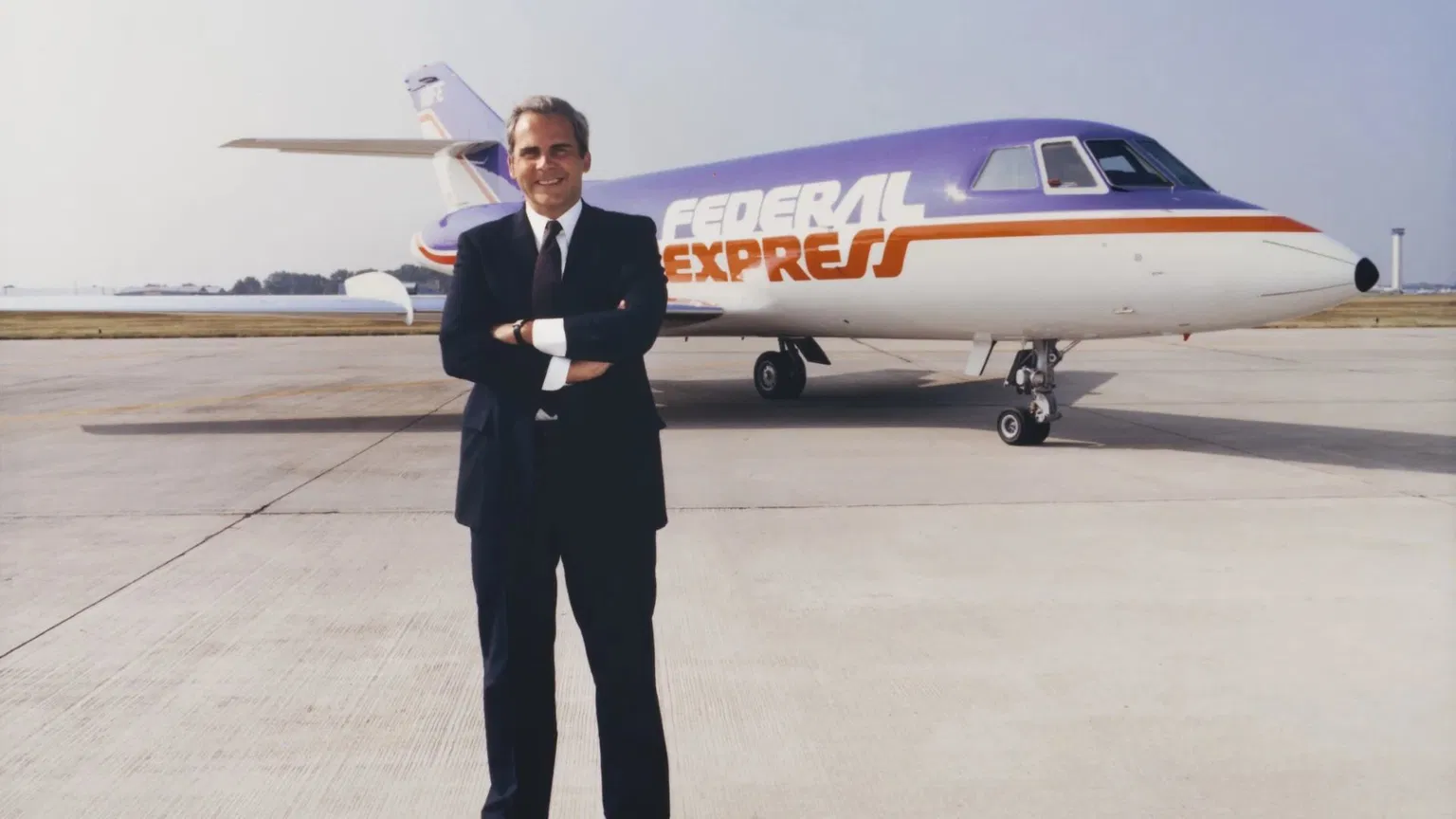The Genesis of a Global Leader
FedEx Corporation’s emergence as a titan of the logistics industry is a compelling narrative woven into the fabric of American entrepreneurship. What started as a modest express carrier with a handful of aircraft has evolved into the world’s largest air cargo airline, revolutionizing global commerce. The legacy of its founder, Fred Smith, who guided the company through nearly fifty years of transformative growth, serves as a case study of vision, determination, and innovation.
Fred Smith: The Visionary Leader
Smith was not only the architect behind FedEx; he was also regarded as a hands-on executive with remarkable acumen in aircraft procurement. He often eschewed formal channels, engaging directly with employees and witnessing the operation firsthand. According to reports from those who worked alongside him, Smith’s affinity for detail and personal connections created a uniquely dynamic corporate culture. Steve Fortune, a former FedEx analyst, emphasized Smith’s stunning memory for names and faces, which reflected his genuine investment in people.
Expanding the Fleet: A Strategic Move
Today, FedEx boasts over 710 aircraft, including a diverse array, from the Boeing 757 to Boeing 777. These planes play an integral role in their expansive network that serves more than 220 countries and territories, facilitating nearly $2 trillion worth of goods annually with an astounding 17 million shipments each day.
Fleet Evolution Over the Years
| Rok | Aircraft Acquired |
|---|---|
| 1973 | 14 Dassault Falcon business jets |
| 1976 | 25 CL600 jets from Canadair |
| 1988 | Flying Tiger Line acquisition, including DC-8s |
Smith’s decisive knack for striking favorable aircraft deals fortified FedEx’s fleet expansion. For instance, in its fledgling stages, Smith negotiated loans to purchase twin-engine Falcons that would later serve as a critical asset in establishing operational hubs.
Initial Challenges
In the early years, FedEx faced daunting financial hurdles, operating out of makeshift offices at Memphis airport while losing approximately $1 million monthly. With just 400 employees, the inauguration of their service in 1973 consisted of delivering a modest 186 packages. Less than a decade later, however, FedEx would hold the title of the largest air cargo carrier, largely due to Smith’s foresight and market strategies.
Marketplace Competitiveness
As FedEx began solidifying its market dominance, competition arose. The mid-70s witnessed the emergence of other freight carriers such as Emery Air Freight and UPS, both of whom recognized the potential of the air cargo space. Smith’s foresight included adopting a more extensive aircraft, leading to key decisions like opting for the DC-10 over the 747. This approach showcased his understanding of risk management in logistics.
Competitive Strategies Implemented
- Adaptation of larger aircraft to meet demand.
- Navigated complex negotiations for purchasing aircraft from various airlines.
- Focus on building operational partnerships to enhance service capabilities.
The Birth of Zapmail: A Lesson in Innovation
No entrepreneurial journey is devoid of missteps. Fred Smith’s attempt to introduce Zapmail in 1984 serves as a classic example of ambitious foresight meeting the realities of market needs. This service intended to expedite document delivery through fax transmission. Although it promised to reduce costs significantly, it quickly floundered as cheaper alternatives became widely accessible, showing that innovation must align with customer behavior.
Key Takeaways from FedEx’s Evolution
The narrative of FedEx emphasizes various critical factors that resonate within the logistics sector:
- Visionary Leadership: A leader’s ability to innovate and connect with employees greatly influences organizational culture.
- Přizpůsobivost: The logistics industry is turbulent; staying flexible allows companies to pivot swiftly and seize opportunities.
- Integrace technologií: Effective use of data and technology can enhance service delivery and operational efficiencies.
Závěr
The rise of FedEx as a global leader highlights essential lessons in logistics and entrepreneurship—from navigating early-stage losses to adapting in the marketplace amid fierce competition. With logistics becoming increasingly critical in today’s global economy, platforms like GetTransport.com play an essential role by providing affordable global cargo transportation solutions. Whether it’s moving office supplies, handling international shipments, or transporting bulky items, GetTransport.com simplifies logistics and meets diverse transportation needs efficiently. The journey of FedEx serves as a beacon, showing that strategic thinking and willingness to adapt can lead to remarkable achievements. Book your ride today at GetTransport.com.

 Cesta společnosti FedEx: od startupu k nákladnímu gigantu">
Cesta společnosti FedEx: od startupu k nákladnímu gigantu">